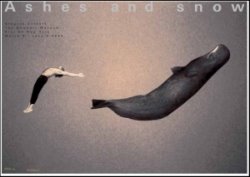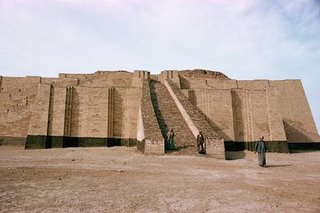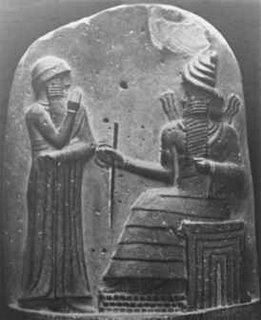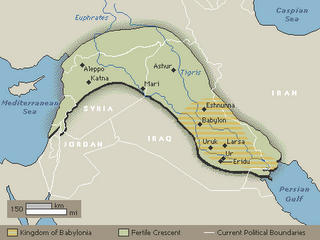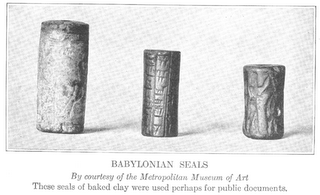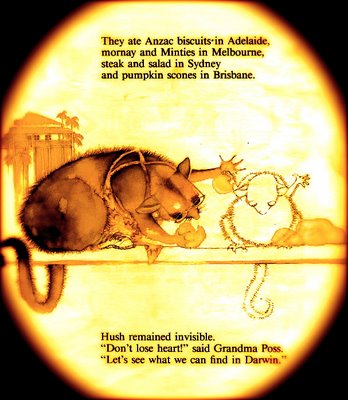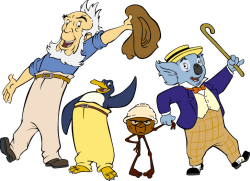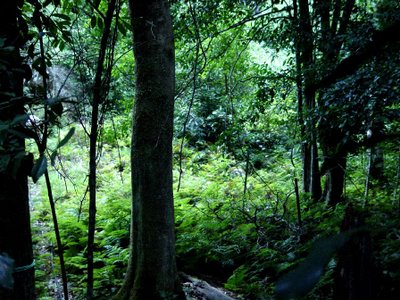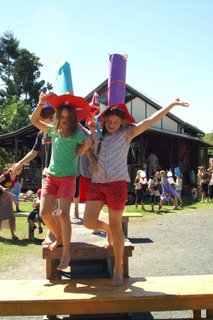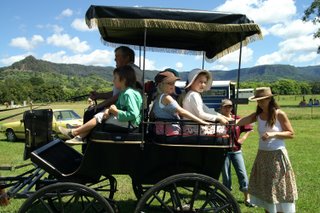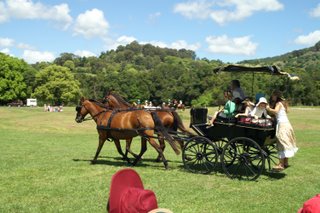INTERACTIVE YR8 - TERM 4 CHALLENGES
Receiving feedback that my style of classroom management is very laissez - faire is somewhat disconcerting, because in my core being, I do not want to cultivate anti-social behaviour in the students through allowing them to be flippant, disrespectful and disruptive.
Other teachers say it is crazy to have Year 8s without two teachers. Some of the yr 8s love to make a big noise and be extremely playful.
Their classroom has a low ceiling, flourescent lights and four pillars that inadvertantly create a four-sided central space, there are air conditioners which work best if you stand right in front of them.
For whatever style of teaching, without excellent classroom management skills, for the class understanding and learning is greatly diminished. Though for my microlesson each group did think about the problem and discuss it - my intention was also to create learning between groups.

RE : MICROLESSON
PRIOR LEARNING/CONTINUITY = POOL WORK+GIRLS 4 A class +MICROLESSON + LESSON PLAN
If I had the group on a regular basis, with assistance maintaining attention I could build on this chaotic situation and ask, well How would you assist this unconscious person on the bottom of the swimming pool and what would be the appropriate aftercare? (now that we have done a session on first aid relevant to near drowning AFTERCARE NB lesson plan ) - I would be looking for a variety of answers including reference to the risk of secondary drowning.
Then hopefully we could explore the subject of risk taking and how would you feel if a close freind died at a party and no one recognised the situation when the death could have been prevented?
When I worked with the Yr 8 girls(prior to microlesson) on the issues around being a teenager, with specific guidance to anecdotes about water and near drowning personal experiences; we did arrive at a contemplative place. It was after a recent car crash involving the death of 4 teen age boys. A quality of sobriety pervaded the group and this is what I aim for with issues of life and death.
I ran this group with the girls outside under the shade of some trees where they like to congregate(special place - creative class room)- though the setting was informal and laissez fare - in that we were on the ground and the girls were lying on each other, I was able to bring the focus back to the issues easily and keep their attention with interesting anecdotes and other water related subjects like water birth, aqua sports, pool parties etc. I felt relaxed too which improved my timing and delivery and ability to move with the flow discussing issues which I knew about well.(expert on subject)
I felt satisfied that I had reached the group. We also did a playful chant in a circle at the end; going through the 4 A's AWARENESS ASSESSSMENT ACTION AFTERCARE with 17 in the circle.
With regard to the mixed sex microlesson on initiatives and more recently the mixed sex class on AFTERCARE (re submitted lesson plan) I am not so confident I have reached the whole group. The group work needed to be modified and more experience will assist this.(JIGSAW technique)
We will be doing pool work in Week 8 to complete the Bronze practical tasks and prior to that 2 CPR sessions - where I will have boys and girls seperately.
INCLUSIVITY is a problem now as a percentage of the class have opted to do the Bronze work next year because of wearables, illness and lack of fitness. I need to discuss the situation with their class guardian.
Please see the link to ACTION RESEARCH from my previous blog.
In there I have described the possibility of filming the initiatives - I have yet to discuss this possibility with Eliot.
INCLUSIVENESS & ASSESSMENT - HATTIE feedback - DLE ICT & creativity
By filming and recording their test work at the pool(using some props) and responses to questions designed to illustrate the quality of thought for the choices made in simulated rescues. This documentation could then be shown to the whole class to assess (using a simple rubric) and discuss, pending availability of time and resources.
